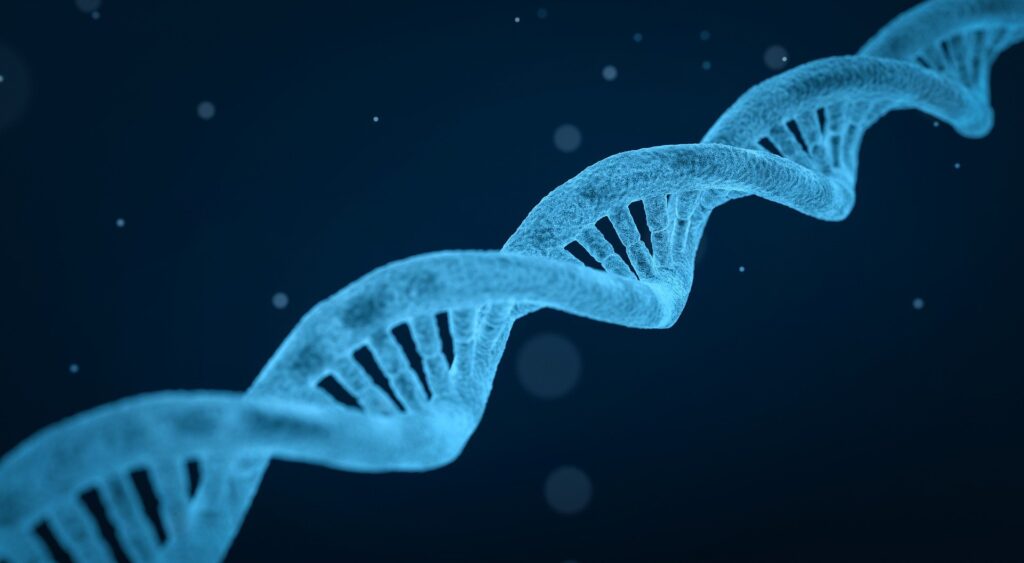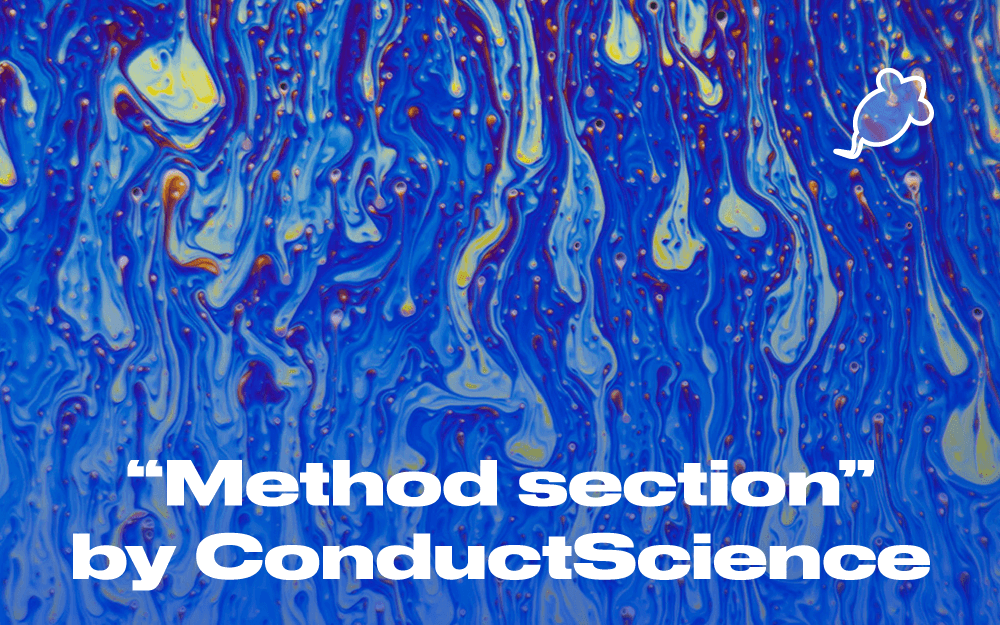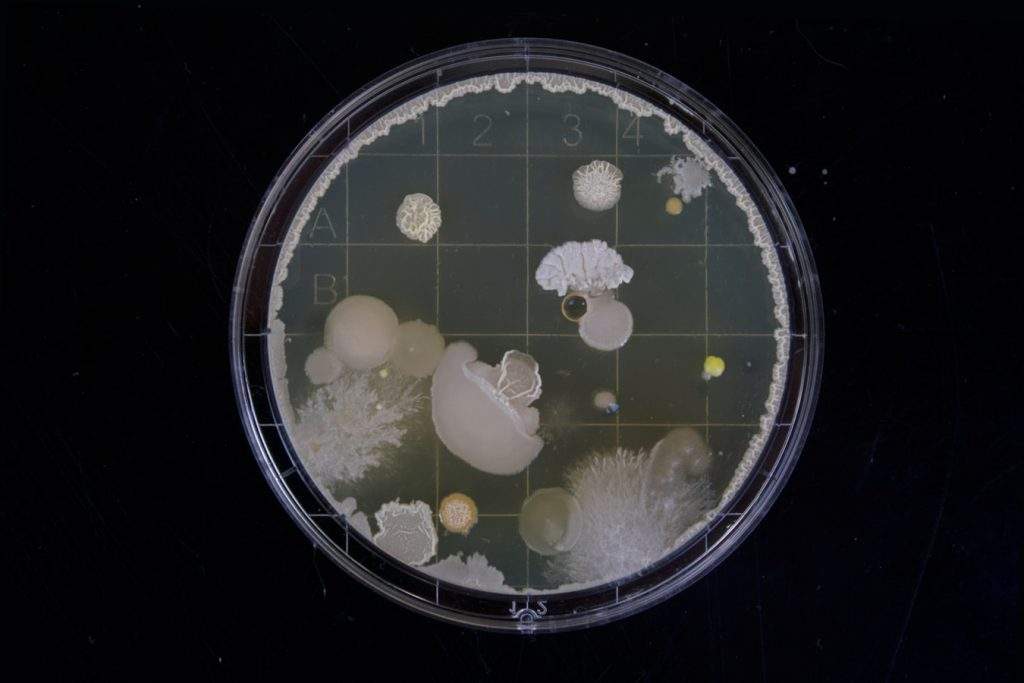CSP: Turning DNA into Music w/ Andrea Desiderato

CSP – Turning DNA into music w/ Andrea Desiderato 00:00 – Intro and welcome 02:45 – Andrea’s background 08:22 – What are amphipods 13:45 – Why are amphipods so important 19:55 – Bioinvasion 28:00 – Exrtraterrestrial bioinvasion 34:00 – How to identify amphipod species 44:35 – Microscopes and lasers 51:35 – Turning DNA to music […]
CSP: Genes and Inheritance

The Conduct Science Podcast: Genes and Inheritance 00:00 – Intro 02:15 – News 08:30 – Factoids 19:00 – Genes, DNA, and Chromosoms 36:51 – Genes 39:45 – Inheritance 52:55 – Epigenetics 58:05 – Ending and Outro You can listen to The Conduct Science Podcast by using the player above, searching for “The Conduct Science Podcast” […]
Bacteriophage λ DNA Purification from Plate Lysates

Introduction Genomic DNA or cDNA clones are analyzed in a simple procedure that begins with the restriction digestion of phage DNA mini preparations. The digested DNA is then assessed by agarose gel electrophoresis. For the rapid analysis, one can purify bacteriophage DNA from plate lysates as well as liquid cultures. This method explains the purification […]
Cloning into Bacteriophage M13 Vectors

Introduction and Principle Insertion of foreign DNA into M13 cloning vectors is a bit tricky and includes the following steps: Ligating double-stranded DNA segments with cohesive termini into compatible sites in M13 double-stranded RF DNA. Transforming ligation products into competent male E. coli cells (plated in top agar supplemented with X-gal and IPTG. Picking and […]
Generation of Single-Stranded DNA with Phagemid Vectors

Introduction The vectors derived from filamentous phages containing a plasmid’s origin of replication are called phagemids (Qi et al., 2012). Phagemids comprise typical high-copy-number plasmids equipped with a major intergenic region (508bp in length) of a filamentous phage. This region does not encode any proteins; however, it comprises all the cis-acting sequences required to initiate […]
Hybridization based Screening of Bacteriophage DNA on the filters

Need Digital Health Services for your research? Click here Filters carrying immobilized bacteriophage DNA are labeled with 32P-labelled probes to screen by hybridization in situ. In this procedure, the filters are first submerged in a prehybridization solution (containing blocking solution) to reduce non-specific probe absorption. The filters are then incubated with a denatured radioactive probe […]
CSP: Episode 100!

The Conduct Science Podcast: Episode 100! 00:00 – Intro 03:05 – Evolution of our podcast 07:35 – Factoids 12:00 – Back to evolution 19:15 – News 33:45 – How we have dealt with isolation 40:58 – favourite moments 49:43 – Outtakes 1:02:00 – Our process 1:04:00 – Ending and Outro You can listen to The […]
The Method Section: Sleep

The Method Section: Sleep 00:00 – Intro 03:24 – Why do we sleep? 05:41 – What happens when we sleep? 10:14 – Sleep and the brain 14:14 – Sleep and the body 17:51 – Sleep deprivation 21:52 – How to get better sleep 23:52 – Ending and Outro You can listen to The Method Section […]
Typhoid Toxin Influences the DNA Repair Mechanism and Causes the Cell to Age Faster

A new study reveals the pathological mechanism of the typhoid toxin. This research is important as typhoid fever kills approximately 168,000 people annually. This disease is the product of the bacteria Salmonella Typhi. That is, the said bacteria secrete the typhoid toxin which damages cellular DNA. In addition to this, it is most common […]
